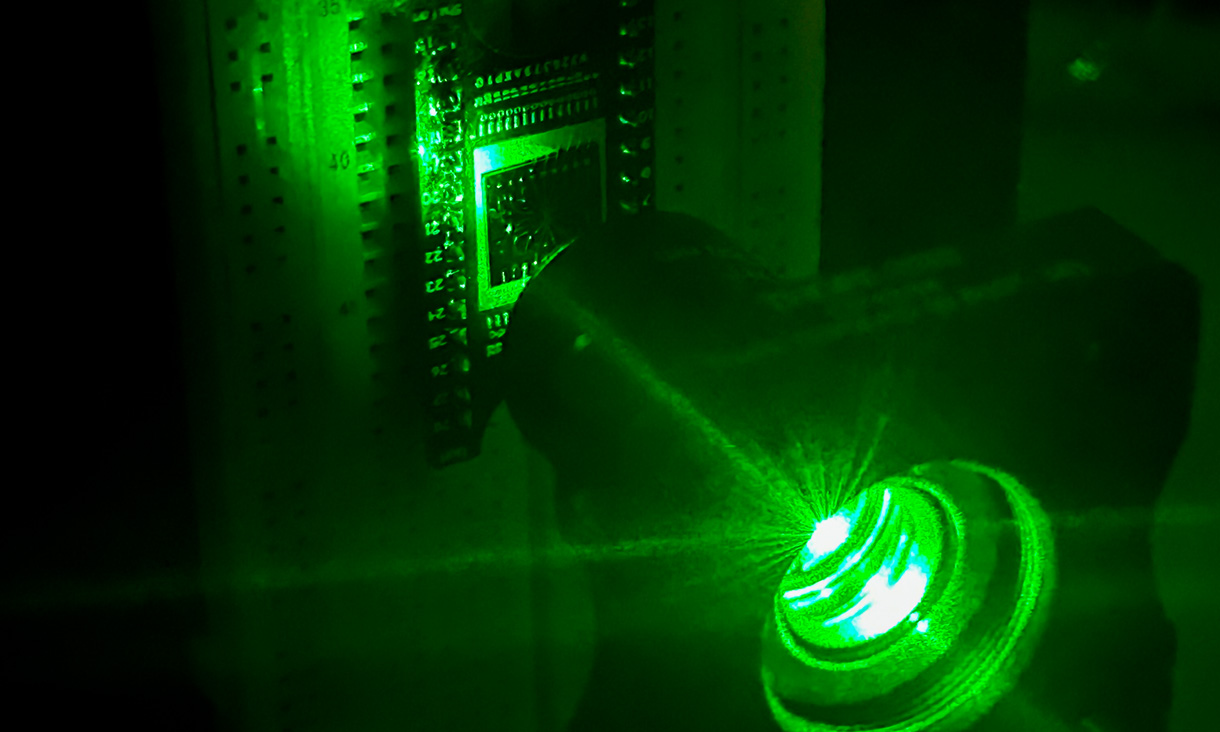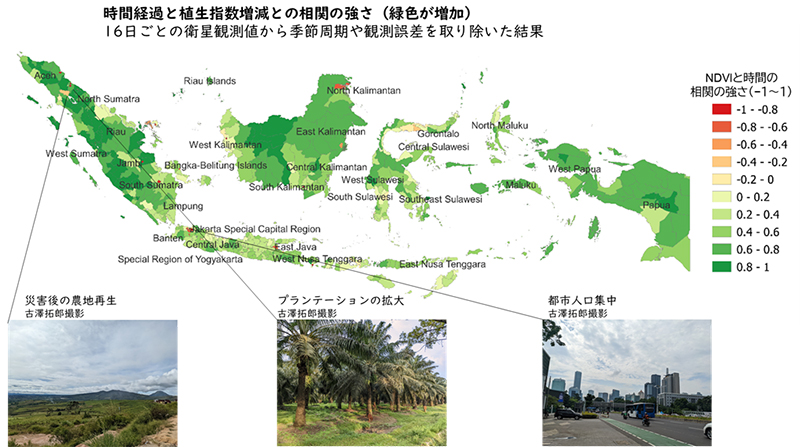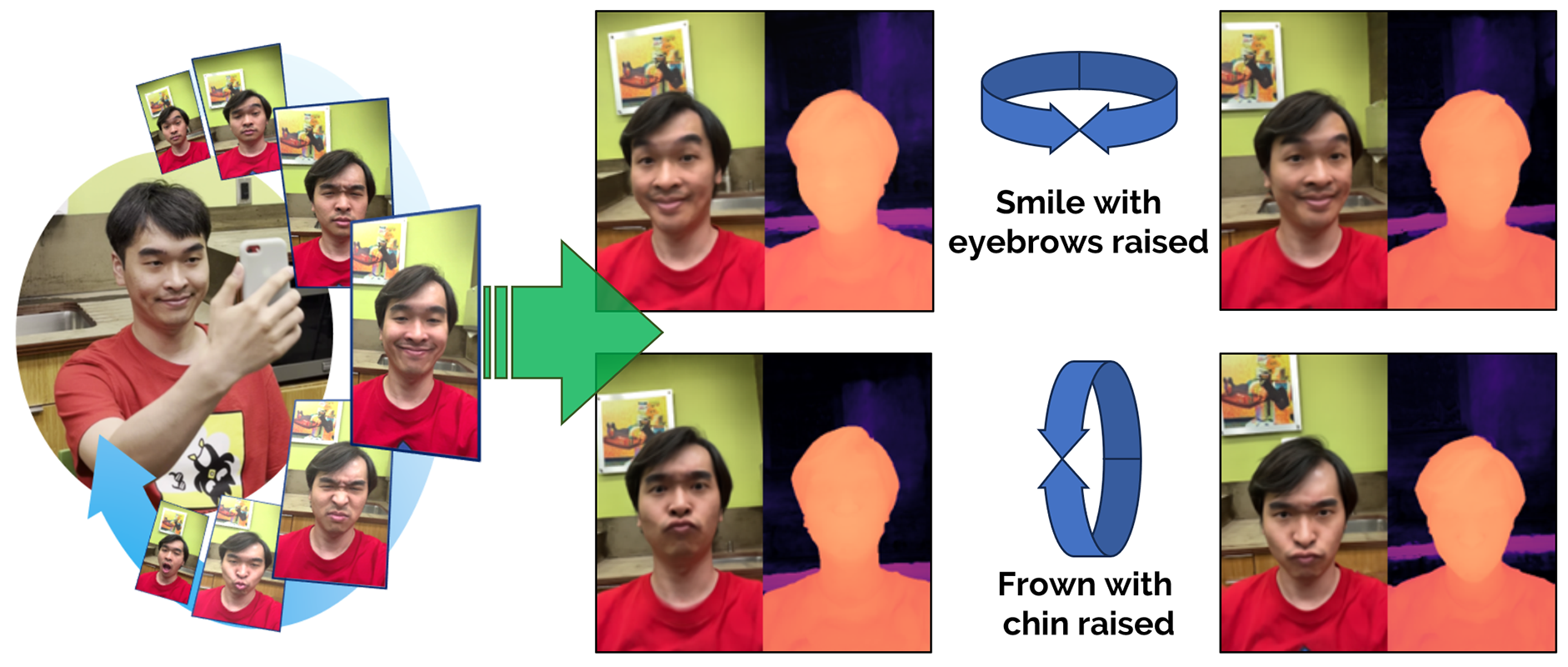2023-06-15 ロイヤルメルボルン工科大学(RMIT)
 The neuromorphic vision chip (left) in a demonstration (in visible light) of the team’s experiment, which used ultraviolet light. Credit: RMIT University
The neuromorphic vision chip (left) in a demonstration (in visible light) of the team’s experiment, which used ultraviolet light. Credit: RMIT University
◆ドープされた酸化インジウムの精密な工学により、この装置は光を捉える人間の目の機能を模倣し、光神経のように情報を事前パッケージ化・伝達し、私たちの脳のように記憶システムに保存・分類します。
◆チームは、これらの機能が超高速な意思決定を可能にすると述べています。この新たな装置は、エネルギー消費が少なく、リアルタイムな意思決定を妨げないため、外部のエネルギー消費の高い計算に頼らず、すべての必要な機能を実行できます。
◆この技術は、バイオニックビジョン、危険な環境での自律的な操作、食品の賞味期限評価、高度な法科学など、さまざまな応用が可能です。また、神経形態学的ビジョン技術は、将来的には人間の運転手と同様に道路上の物体を見つけて認識できる自動運転車を実現することも可能です。
<関連情報>
- https://www.rmit.edu.au/news/all-news/2023/jun/neuromorphic-vision
- https://onlinelibrary.wiley.com/doi/10.1002/adfm.202303641
光センシングとセンサー内ニューロモーフィック計算を統合するための3 nm薄型ドープ酸化インジウムにおける長時間持続光電流 Long Duration Persistent Photocurrent in 3 nm Thin Doped Indium Oxide for Integrated Light Sensing and In-Sensor Neuromorphic Computation
Aishani Mazumder, Chung Kim Nguyen, Thiha Aung, Mei Xian Low, Md. Ataur Rahman, Salvy P. Russo, Sherif Abdulkader Tawfik, Shifan Wang, James Bullock, Vaishnavi Krishnamurthi, Nitu Syed, Abhishek Ranjan, Ali Zavabeti, Irfan H. Abidi, Xiangyang Guo, Yongxiang Li, Taimur Ahmed, Torben Daeneke, Akram Al-Hourani, Sivacarendran Balendhran, Sumeet Walia
Advanced Functional Materials Published: 14 June 2023
DOI:https://doi.org/10.1002/adfm.202303641
Abstract
Miniaturization and energy consumption by computational systems remain major challenges to address. Optoelectronics based synaptic and light sensing provide an exciting platform for neuromorphic processing and vision applications offering several advantages. It is highly desirable to achieve single-element image sensors that allow reception of information and execution of in-memory computing processes while maintaining memory for much longer durations without the need for frequent electrical or optical rehearsals. In this work, ultra-thin (<3 nm) doped indium oxide (In2O3) layers are engineered to demonstrate a monolithic two-terminal ultraviolet (UV) sensing and processing system with long optical state retention operating at 50 mV. This endows features of several conductance states within the persistent photocurrent window that are harnessed to show learning capabilities and significantly reduce the number of rehearsals. The atomically thin sheets are implemented as a focal plane array (FPA) for UV spectrum based proof-of-concept vision system capable of pattern recognition and memorization required for imaging and detection applications. This integrated light sensing and memory system is deployed to illustrate capabilities for real-time, in-sensor memorization, and recognition tasks. This study provides an important template to engineer miniaturized and low operating voltage neuromorphic platforms across the light spectrum based on application demand.



